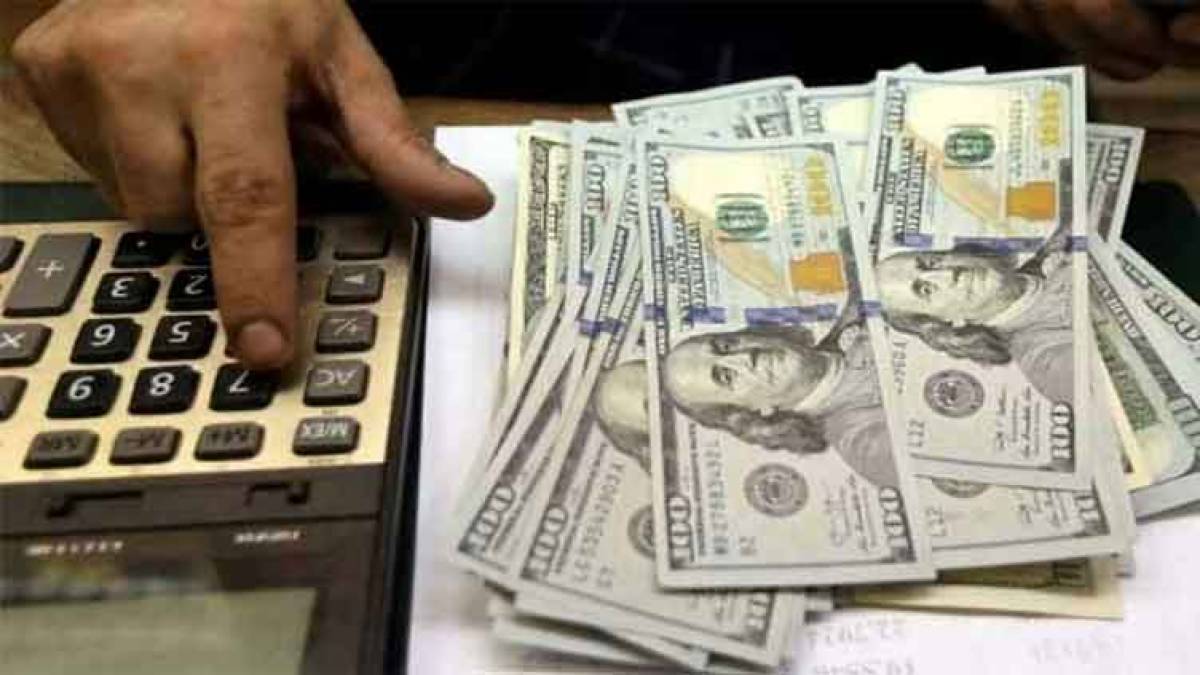The exchange rate between two currencies plays a crucial role in international trade and finance. One such currency pair that attracts significant attention is the United States Dollar (USD) and the United Arab Emirates Dirham (AED). The USD to AED exchange rate is of particular interest due to the economic significance of the United States and the UAE in global markets. In this article, we will delve into the factors influencing the USD to AED exchange rate and explore its implications for businesses and individuals.
Overview of USD and AED
The United States Dollar (USD) is the official currency of the United States, the world’s largest economy. It is widely regarded as the global reserve currency due to its widespread acceptance and use in international transactions. On the other hand, the United Arab Emirates Dirham (AED) is the official currency of the United Arab Emirates, a prominent Middle Eastern nation known for its robust economy and thriving business environment.
Factors influencing the USD to AED exchange rate
a. Macroeconomic Factors: The relative strength of the US and UAE economies significantly impacts the exchange rate between their respective currencies. Factors such as GDP growth, inflation rates, interest rates, and employment data play a vital role in determining the value of each currency.
b. Monetary Policy
The monetary policies of the US Federal Reserve (Fed) and the Central Bank of the UAE (CBUAE) influence the USD to AED exchange rate. Decisions related to interest rates, quantitative easing, and currency interventions can have a direct impact on the exchange rate.
c. Political Stability
Political stability and geopolitical developments in both countries can affect investor confidence and, consequently, the exchange rate. Any uncertainty or unrest can lead to fluctuations in the USD to AED exchange rate.
d. Trade Relations
The volume of trade between the US and the UAE can influence the exchange rate. Stronger trade ties and increased trade flows can result in higher demand for each country’s currency, leading to appreciation.
Implications for Businesses and Individuals
a. Importers and Exporters: Businesses engaged in international trade between the US and the UAE need to closely monitor the USD to AED exchange rate. Fluctuations in the exchange rate can impact the profitability of importers and exporters, affecting the cost of goods and competitiveness in the global market.
b. Investors
Individuals and institutional investors looking to invest in the US or the UAE need to consider the exchange rate dynamics. Exchange rate movements can affect investment returns, particularly when converting profits or repatriating funds.
c. Travelers and Tourists
For travelers and tourists, understanding the USD to AED exchange rate is crucial for budgeting and making informed financial decisions during their visit to the UAE. Exchange rates can affect the purchasing power of their currency and impact the cost of accommodations, dining, and shopping.
Exchange Rate Forecasting
Predicting exchange rate movements with precision is a challenging task. Various economic indicators, financial news, and expert opinions can provide insights into possible future trends. However, exchange rates are influenced by a multitude of factors, including unforeseen events and market sentiment.
Conclusion
The USD to AED exchange rate reflects the economic relationship between the United States and the United Arab Emirates. Understanding the factors influencing the exchange rate can help businesses, investors, and individuals make informed decisions regarding trade, investments, and travel. It is essential to stay updated with the latest economic indicators and geopolitical developments to navigate the dynamics of the USD to AED exchange rate effectively.

